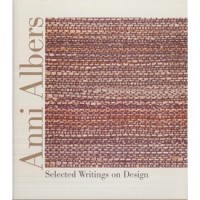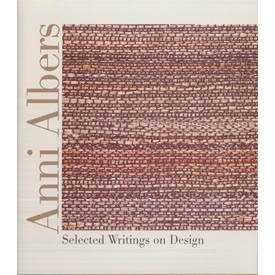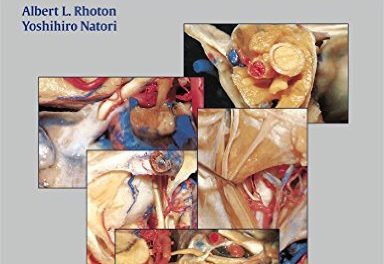 Editor: Brenda Danilowitz
Editor: Brenda Danilowitz
Publisher: Wesleyan University Press
Book Review by: Laxmi Chaandi
Anni Albers (1899-1994) was a well-known figure in textile design in the 20th century.
She thought of design as a means to the pursuit of wholeness.
This book is a collection of her 15 essays on designing with textiles, and related topics. She defined design as “the coalition of form answering practical needs, and form answering aesthetic needs.” The book contains photos of Anni Albers at various ages, as well as photos of the textiles she designed.
The range of subjects of the 15 essays within the field of textile design that Anni Albers wrote is, to say the least, interesting. The essays reflect her ideas and feelings about many matters, and these are conveyed in the various cloths she designed and the fabrics she chose.
For example, in her chapter Constructing Textiles, which is a key one in this book, Anni Albers writes:
“Retrospection, though suspected of being the preoccupation of conservators, can also serve as an active agent. As an antidote for an elated sense of progress that seizes us from time to time, it shows our achievements in proper proportion and makes it possible to observe where we have advanced, where not, and where, perhaps, we have even retrogressed. It thus can suggest new areas f experimentation.”
She authored two books and several articles that appeared in a number of magazines and other print outlets.
Her two books were Anni Albers: On Designing (1959, Pellango Press) and Anni Albers: On Weaving (1965, Wesleyan University Press).
The first book contained material on design as being anonymous and timeless; textiles in architecture; art as a constant; working with materials; conversations with artists; and structured processes in weaving.
The second one elaborated on the hand in weaving; the loom; fundamental constructions in weaving; draft notations; modified and composite weaves; early techniques of thread interlacing; interrelation of fiber and construction; tactile sensibility; tapestry and design as visual organization.
Anni Albers was more than an artist and textile designer. She learned, and then imparted her knowledge to others. And she was more than a lecturer and teacher. She worked in industry, creating designs that were used in industrial production.
She was born in Berlin at the turn of the nineteenth century to the twentieth. Starting her training in art in that city, she also went to Hamburg later. She became a student of the Bauhaus in Weimar and Dessau, where she met her husband Josef Albers.
For 16 years from 1933 to 1949, she was an assistant professor of art at Black Mountain College near Asheville, North Carolina. She also lectured at other colleges, universities and museums.
Anni Albers received many awards and citations, including the coveted Gold Medal from the American Institute of Architects in 1961 in the field of craftsmanship. Her work is displayed in leading museums including the Baltimore Museum of Art; the Bauhaus-Archiv in Berlin; the Busch-Reisinger Museum in Boston, Harvard University in Cambridge; the Kunstgewerbe Museum in Zurich; the Metropolitan Museum of Art and the Museum of Modern Art Museum in New York; and the Neue Sammlung in Munich.







